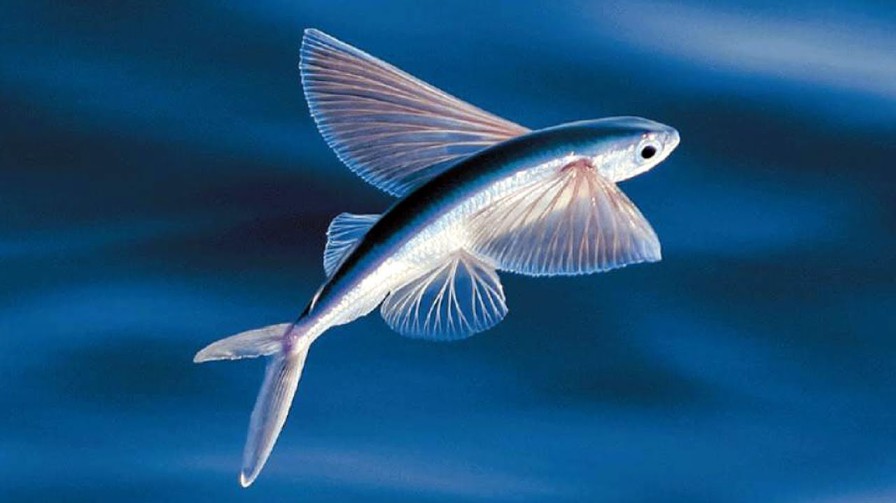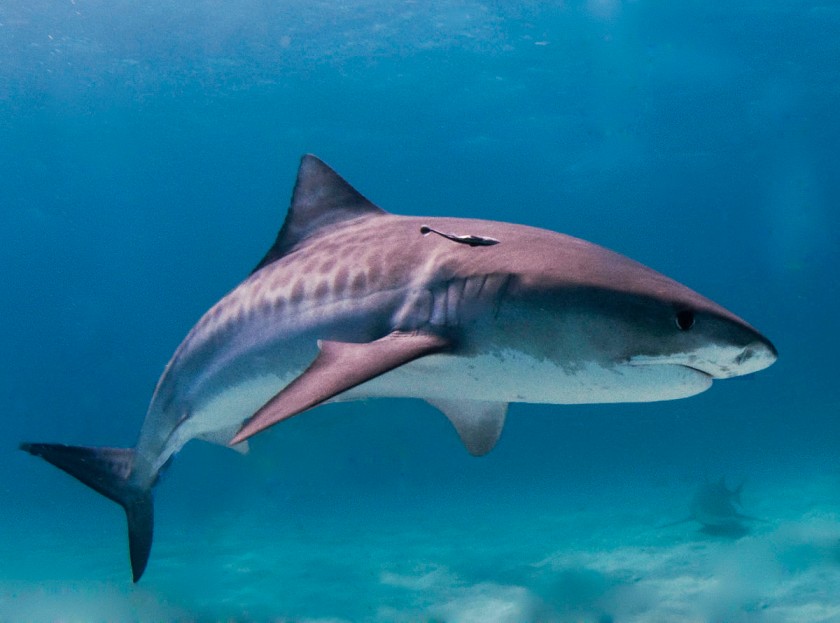Flying fish Top Speed

Top Speed
56.00 km/h
or
34.80 mp/h
In order to glide upward out of the water, a flying fish swishes its tail to up to 50-70 times per second, which “vibrates” to produce enough speed to burst through the surface. It then spreads its pectoral fins and tilts them slightly upwards to lift itself to glide through the air. This permits it to sail above the ocean’s surface where it can travel at speeds of more than 70 km/h. The fish is able to increase its time in the air by travelling against or at an angle to the direction of updrafts created by a combination of air currents and ocean currents in which the “wings” flutter due to the wind with a maximum glide time recorded to be 30 seconds.

